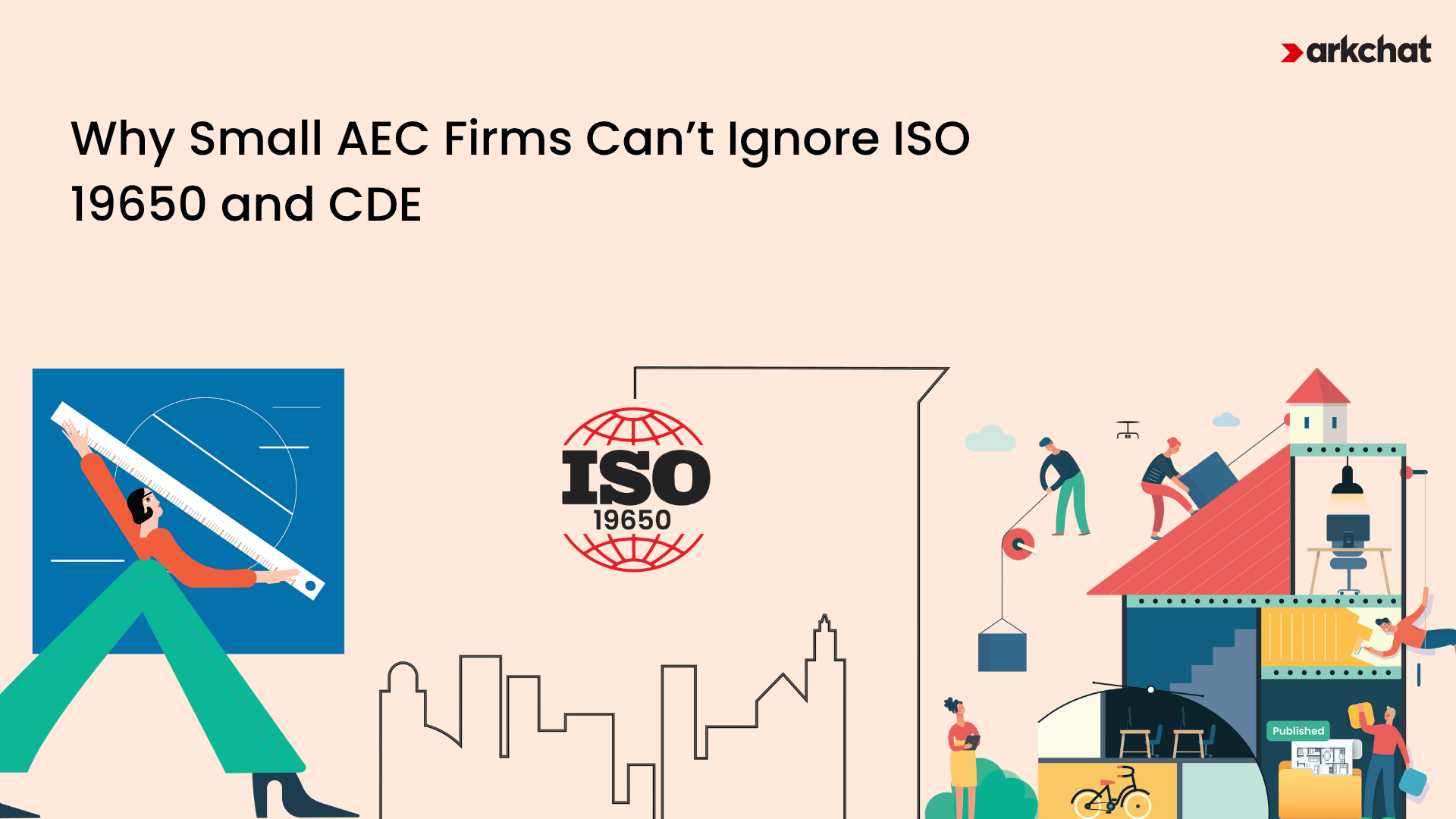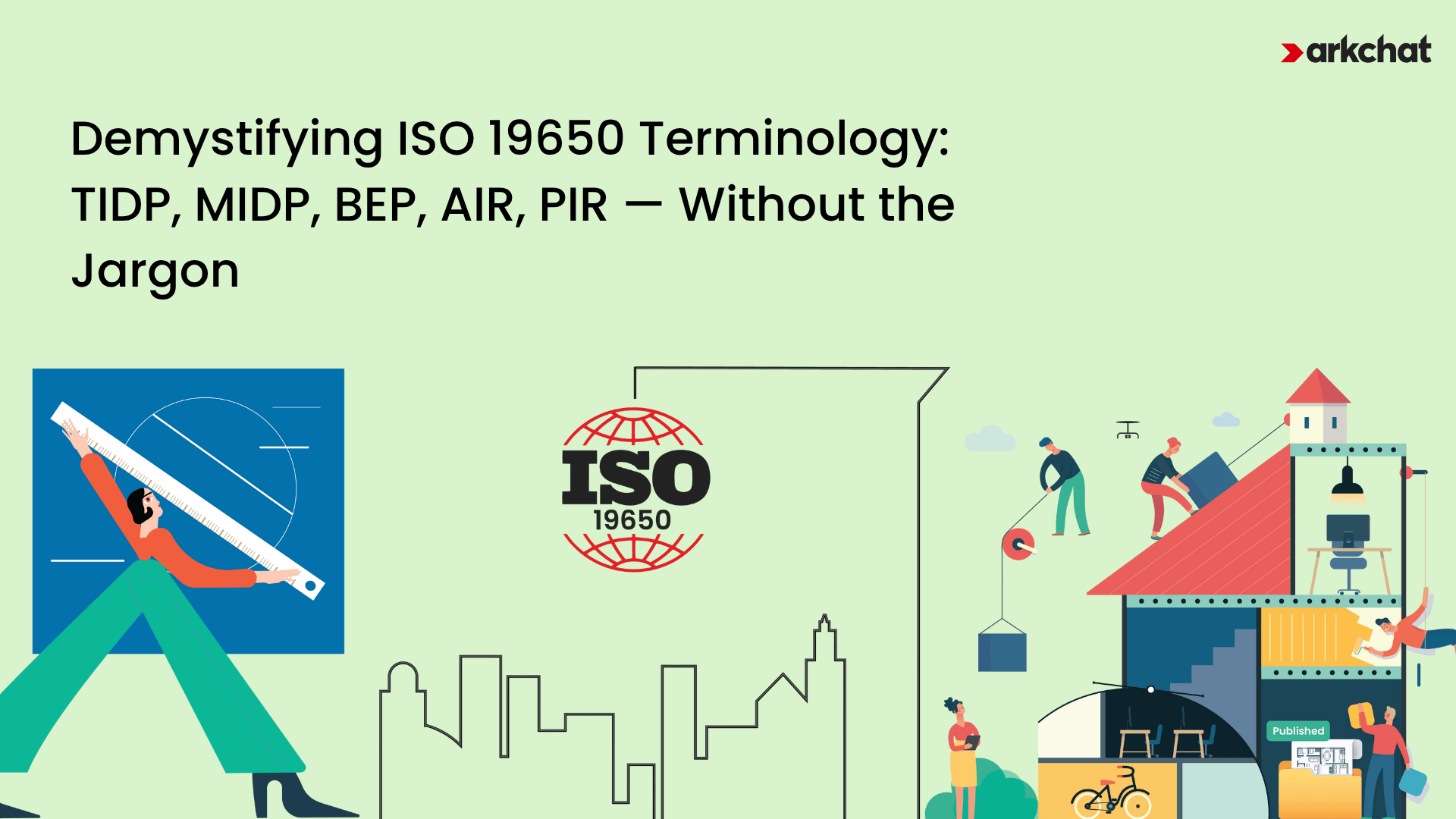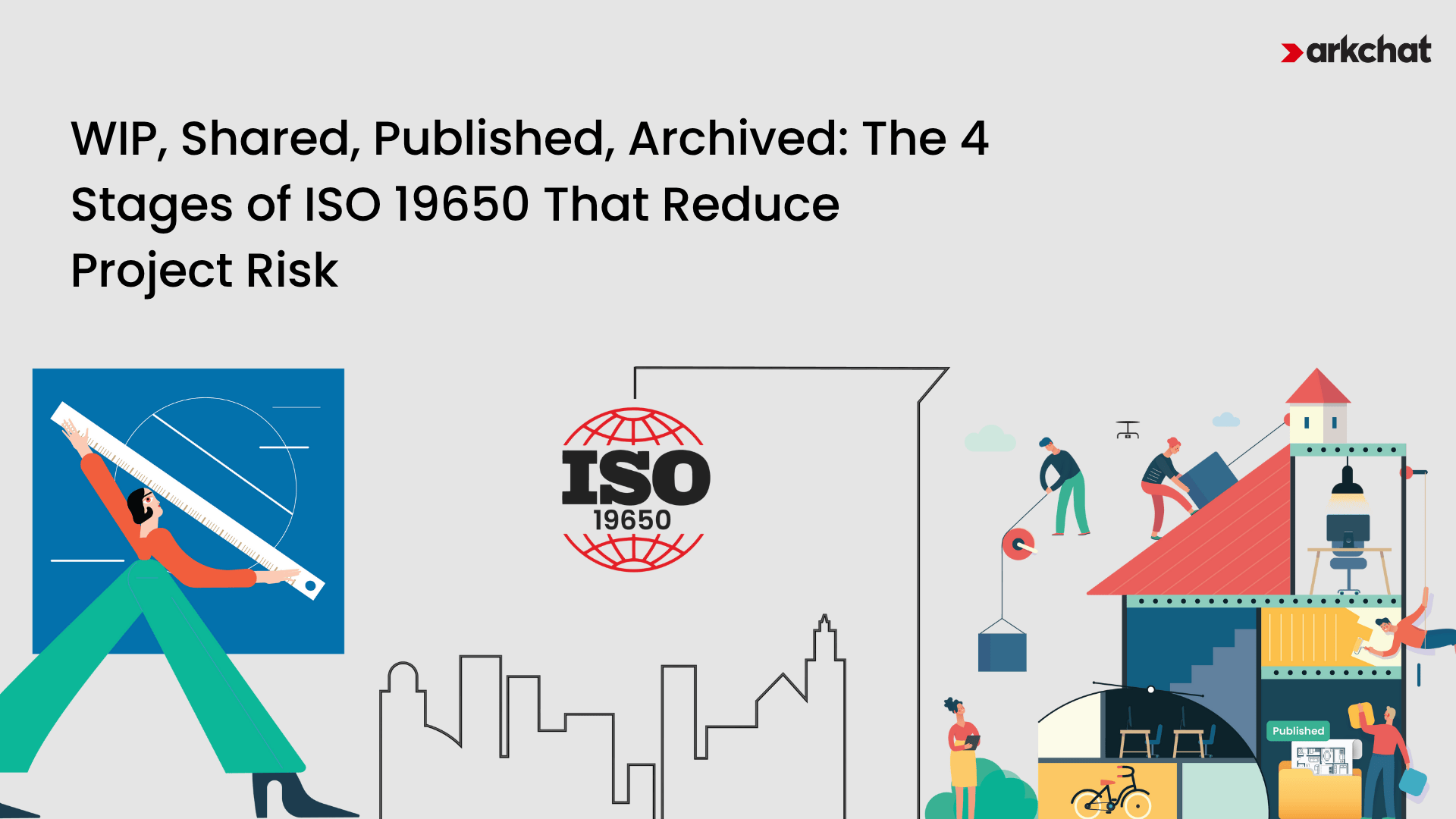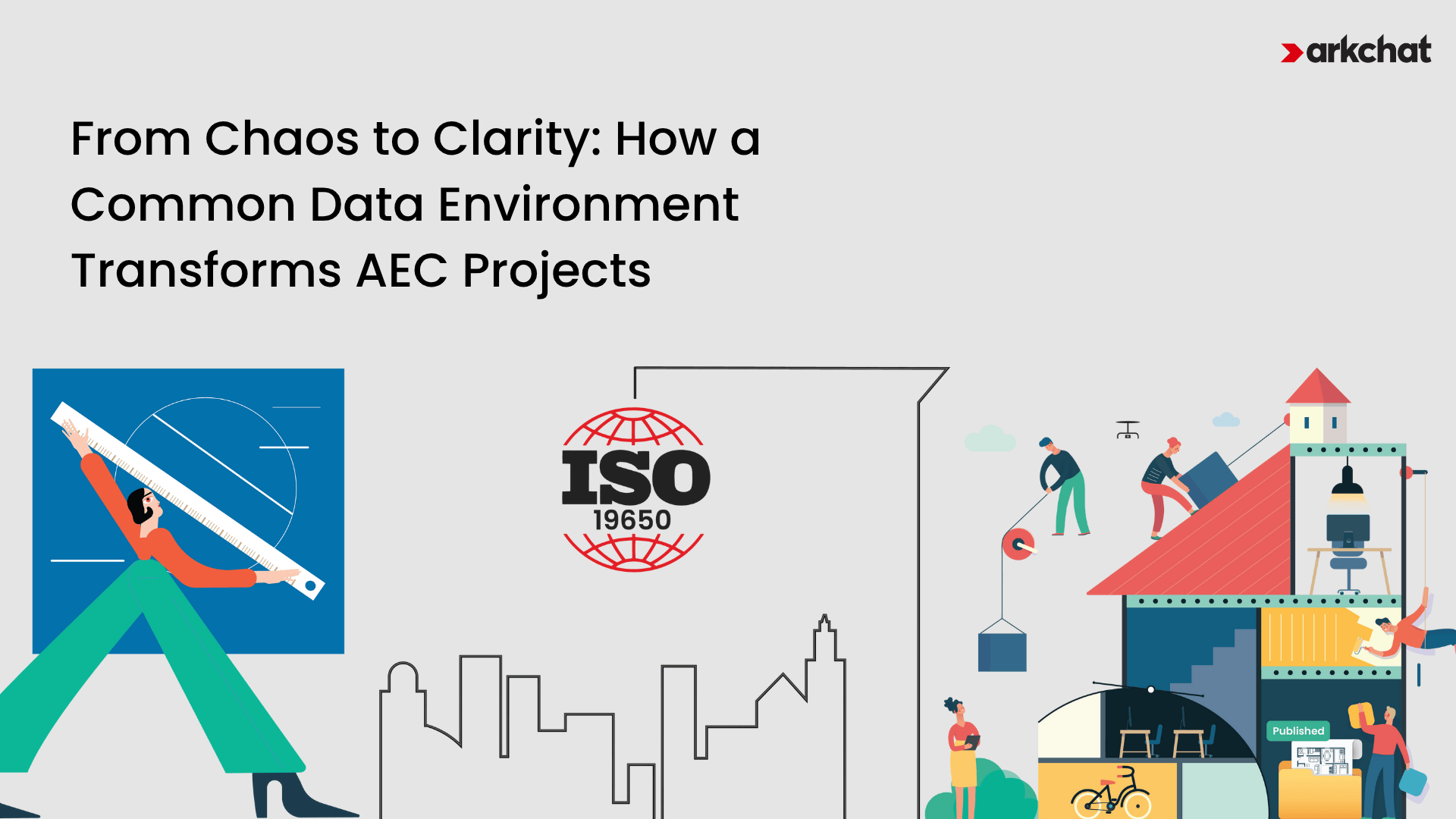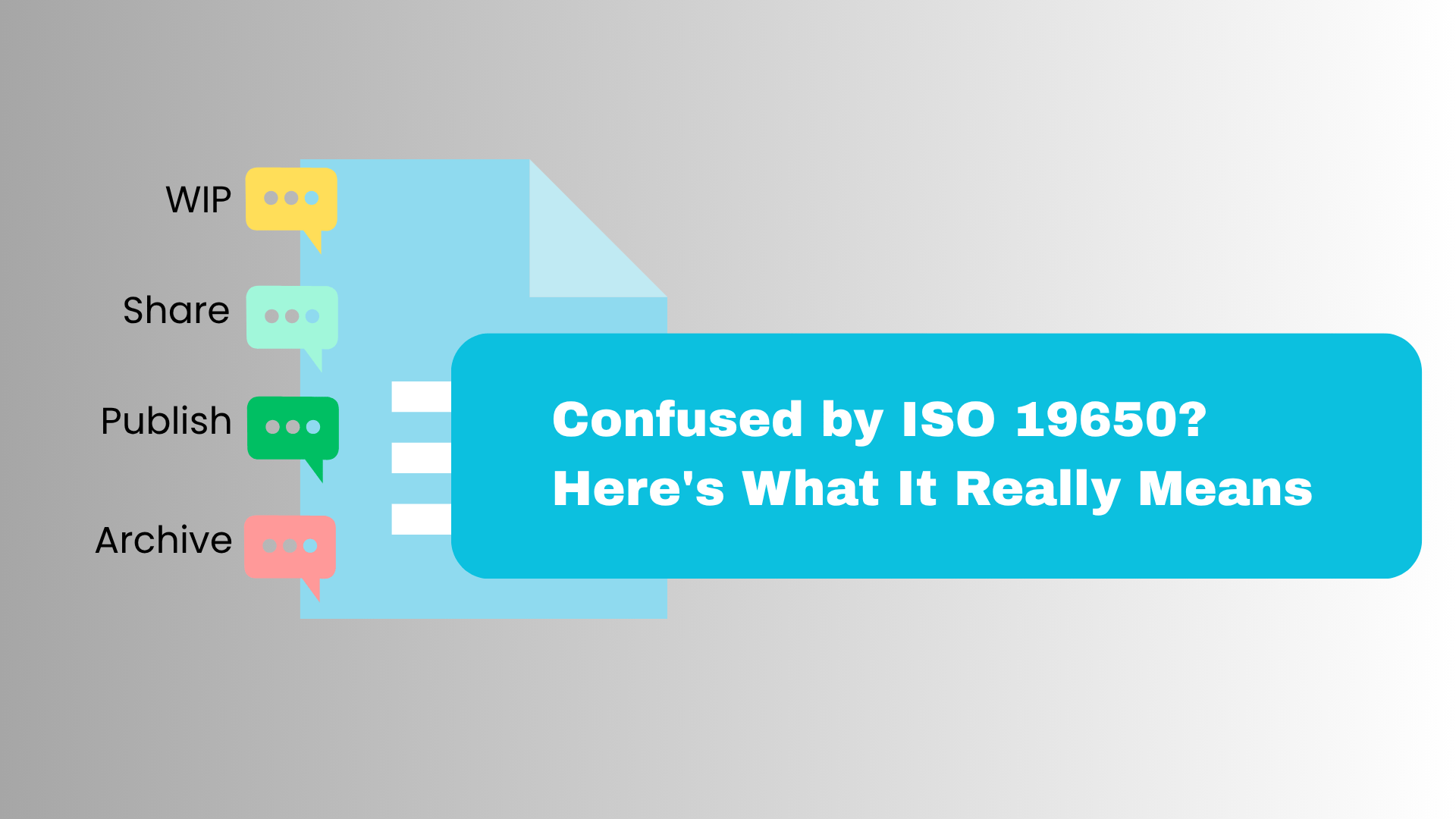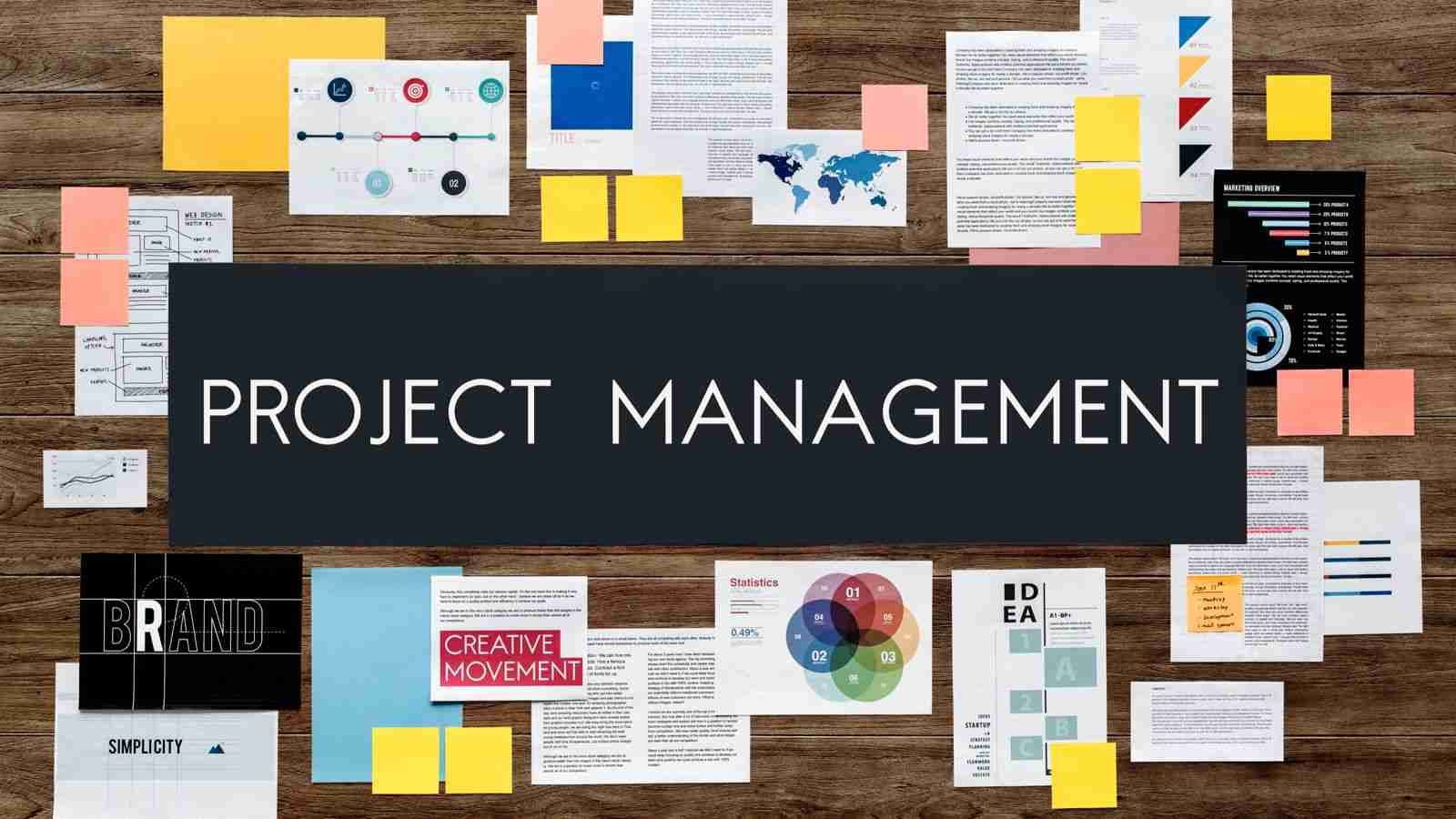When you hear the word risk, your mind probably goes to budget overruns, site delays, or that one subcontractor who always shows up late. But the truth is, risks in architecture, engineering, and construction (AEC) projects run much deeper—and if you’re a small or medium-sized firm, identifying and managing those risks through a defined risk assessment process isn’t just smart, it’s essential for survival.
What Is Risk Assignment in AEC Projects?
Risk assignment is the process of identifying potential risks in a project, understanding their possible impact, and assigning ownership of those risks to the right people or teams. It’s not about eliminating every uncertainty—because that’s impossible—but about knowing who is responsible for what when something goes wrong (or right!).
A structured risk assessment process helps map risks to the relevant stakeholders before they escalate.
For example, if there’s a risk that a design revision could delay approvals, the risk needs to be assigned to the design lead, so they can track dependencies and prepare for contingencies.
In simple terms: If it’s your risk, it’s your responsibility to watch it, report on it, and act on it.
Why Is Risk Assignment So Important for Small and Medium Firms?
In large organisations, there’s usually a risk officer, a PMO team, or expensive consultants watching out for project pitfalls. But in small and medium firms, these responsibilities fall on project leads, firm principals, or even junior architects juggling multiple roles.
Without a clear risk assessment process:
- Delays creep in unnoticed
- Budgets quietly spiral
- Responsibilities blur
- Blame games begin
Risk assignment doesn’t just prevent problems—it creates a culture of accountability and foresight, where teams can plan proactively instead of reacting under pressure. And that all begins with a reliable risk assessment process.
How Is Risk Assignment Done Today?
Traditionally, risk assignment is done through:
- Spreadsheets or Risk Registers
- Project review meetings
- Contract clauses
- Gut instinct (unfortunately!)
While larger firms use detailed risk matrices and mitigation plans, SMEs often rely on ad-hoc conversations, shared experiences, or memory. That may work for a while—until it doesn’t.
The problem with this approach? It’s disconnected, reactive, and difficult to track without a formal risk assessment process.
Are There Software Tools That Automate Risk Assignment?
Yes—and no.
There are project management tools like Primavera, MS Project, and Procore that offer some risk-tracking capabilities. But they’re often:
- Too complex for SMEs
- Expensive to implement and maintain
- Designed more for reporting than real-time action
What’s emerging now are AI-driven platforms (like Arkchat) that can automatically generate risk reports by reading your everyday work: messages, tasks, approvals, and documents. This is a game-changer for SMEs, as it allows risk insights to surface without manual data entry or formal workflows—and fits naturally into your risk assessment process.
Why Conversations Are the Real Goldmine for Risk Assessment
Most risks don’t hide in contracts—they hide in conversations.
Think about it:
- An engineer casually flags a site access issue in a group chat.
- A vendor mentions delivery delays in a WhatsApp message.
- A client expresses doubt over a design decision in a meeting recap email.
These informal exchanges are full of early warning signs, but in traditional tools, they’re scattered and forgotten.
Here’s where a messaging-based platform like Arkchat becomes powerful—it organises conversations by topic, links them to tasks and approvals, and automatically detects patterns that point to risks. It makes it possible to pull risk insights from what was once fragmented noise—and integrate them into a structured risk assessment process.
What More Should Small Firms Do?
If you’re a small or mid-sized AEC firm, here are some practical steps to improve your risk assessment process:
- Formalise risk assignment at the start of every project, even with a simple list.
- Use AI tools that connect to your messaging, not just your Gantt charts.
- Make conversations trackable—group chats, task notes, and approvals should live in one system.
- Assign ownership, not just responsibility. Someone must be responsible for watching each key risk area.
- Review risks weekly, not just when there’s a problem.
- Document risk outcomes and lessons learned to improve future risk handling.
Final Thoughts
Risk management doesn’t need to be a heavy, bureaucratic process. For SMEs, it simply needs to be visible, shared, and connected to daily work. That’s what makes a modern risk assessment process truly effective.
The future of risk assignment is automated, real-time, and conversation-aware—and platforms like Arkchat are leading that transformation. Because in the end, risk isn’t something to be feared—it’s something to be managed, together. And it all starts with a simple, repeatable risk assessment process.

